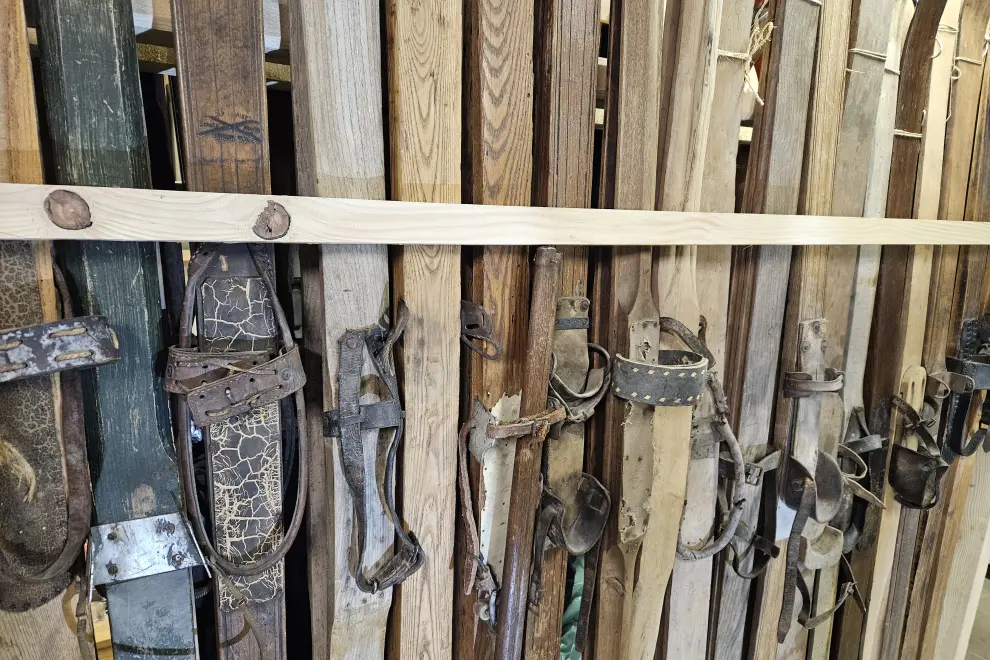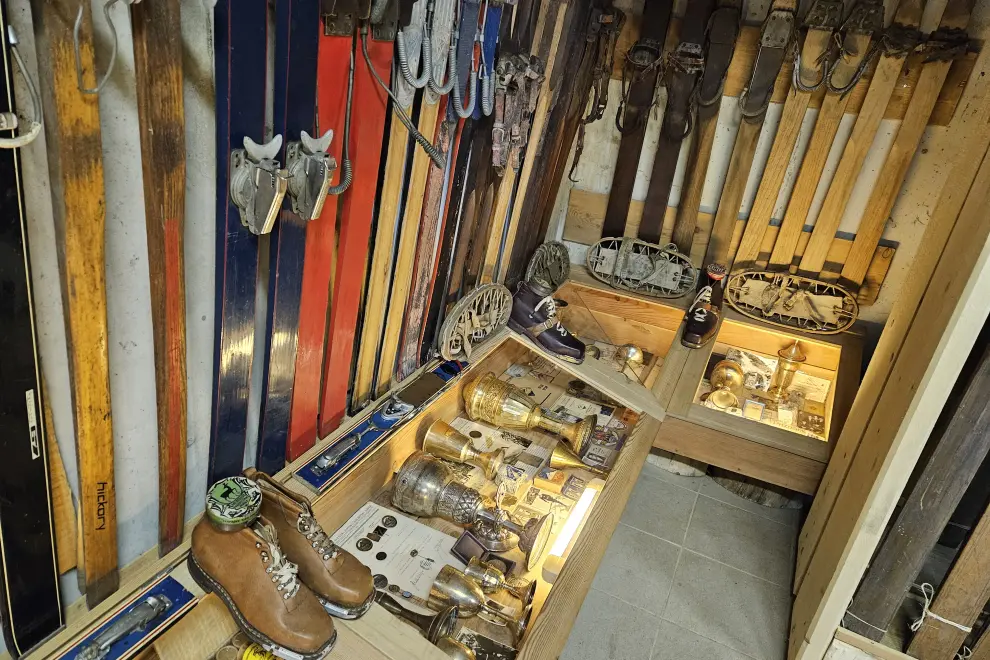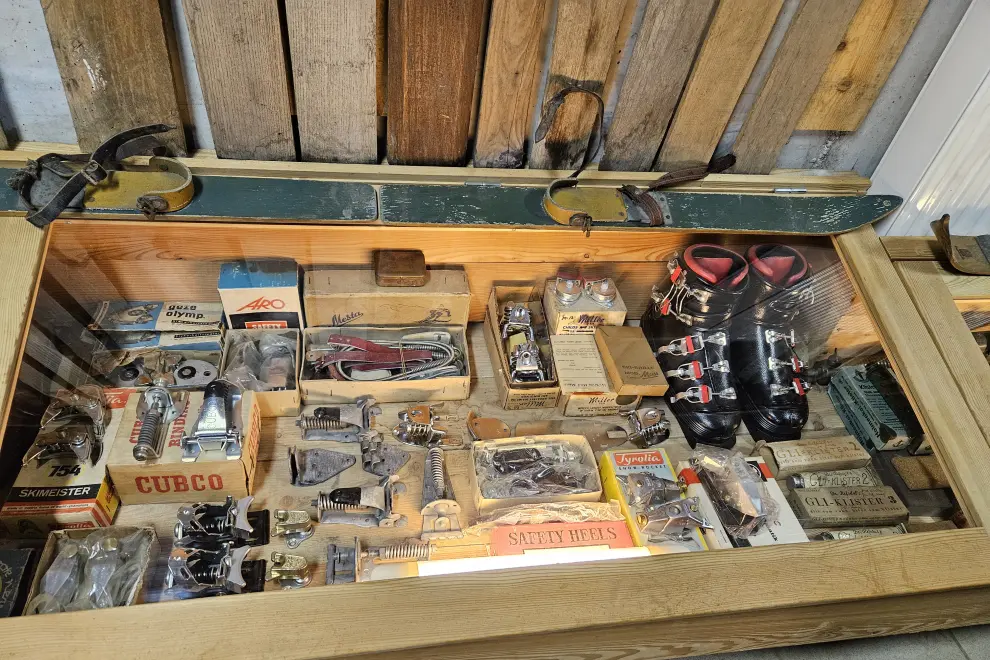Garage museum that keeps an impressive ski collection
The Pohorje Massif in northeastern Slovenia is home to some of the best ski resorts in the country, but it is less known that it also holds an impressive collection of old skis and skiing gear packed inside a garage museum.
An avid skier and collector, Duško Uršič has been collecting historic skiing equipment for four decades, compiling several thousand items, including 350 pairs of skis, some of which are more than 150 years old.
Uršič came up with the idea about 35 years ago when he came across old skis while collecting other antiques. "I've been skiing since the age of three and as there was no such collection in Slovenia, I got hooked," he has told the Slovenian Press Agency.
"Even before the internet era, I managed to get hold of quite a few rare Slovenian skis, but with the spread of the world wide web my world opened up and the collection now also includes global rarities," Uršič explains.
The collection now features skis from all over the world dating from between around 1860 to 1970. "After that skis became a mass product and as such they are no longer of interest to me as a collector."
 The Pohorje Ski Museum collection. Photo: Andreja Seršen Dobaj/STA
The Pohorje Ski Museum collection. Photo: Andreja Seršen Dobaj/STA
The oldest item are Swedish army skis from around 1860, while the oldest Slovenian skis come from Snežnik Castle in the south of the country, not far from the Bloke Plateau, which is believed to be the cradle of skiing in Central Europe.
"There was a forestry school [at Snežnik Castle] around 1865, which used skis in winter to manage the forests and the estate," says Uršič. His collection includes two pairs of those skis.
Other interesting items on display are single skis used by ladies wearing crinolines at the end of the 19th century, and the first Alpine ski binding, dating from around 1897, which originated in Austria.
Skiing in Slovenia, including on Pohorje, took off after the First World War. "Along with the skis from Bloke, which you can also see in our museum, Pohorje is considered the second indigenous ski area in Slovenia," says Uršič.
At the time, people used skis to get to church, their neighbours, to the village or down into the valley. After the First World War, skiing became a sport with ski associations springing up. "At that time, skiing was the second most popular sport on Slovenian soil, after cycling," he explains.
 Pohorje Ski Museum. Photo: Andreja Seršen Dobaj
Pohorje Ski Museum. Photo: Andreja Seršen Dobaj
His museum traces the development of ski production. While the first skis were made of local wood, only certain types of wood were used later and then aluminium and a combination of aluminium and wood. "The latter was developed by Head, the US brand that is still well-known today. You can see one of first pairs of such skis here."
The collection includes one of the first pairs put out by the Slovenian manufacturer Elan, and skis that were used by Italian soldiers on the Isonzo Front.
The skis, and other skiing equipment such as bindings, boots and skiwear, as well as trophies come from as far as Canada, Australia and New Zealand. "The items offer an insight into how skiing and skiing gear developed through history," says the proud collector.
"With the climate change skiing is at risk. We can see it clearly on Pohorje that it may become something that to our grandchildren will be but a fairytale," he adds with a tinge of sadness.
 From skis to ski waxes and everything in between at Pohorje Ski Museum. Photo: Andreja Seršen Dobaj/STA
From skis to ski waxes and everything in between at Pohorje Ski Museum. Photo: Andreja Seršen Dobaj/STA
He believes his collection is the largest such in Slovenia. It also showcases the cultural heritage of Pohorje. "It would be a pity if it could not be on display in Maribor, which has a long skiing tradition."
Located in the garage of a house not far from the Mariborska Koča mountain hut, the Pohorje Ski Museum can be visited by prior appointment.


